|
By guest blogger: Katey Duffey 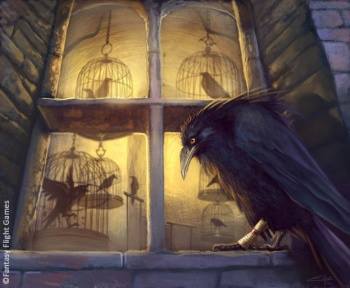 Image: awoiaf.westeros.org Image: awoiaf.westeros.org In the “Lands of Ice and Fire”, the most important member of the world’s bestiary is perhaps the raven. It is said that the Children of the Forest taught the First Men to use ravens for a means of long distance communication. Those with gifts for prophetic visions and nature-based powers, the greenseers, could skinchange into ravens to communicate with people far away. Bran Stark is visited by the unusual three-eyed raven in his dreams, which guides him to a certain place to learn of his destiny. The ravens of Westeros are similar to real world ravens, except they are stronger and are more skilled at homing. They can also imitate human speech. Most ravens are trained to fly to only one location, but highly prized birds can be trained to fly to multiple locations to carry messages. White ravens from the Citadel are rare occurrences that mark the changing of seasons. 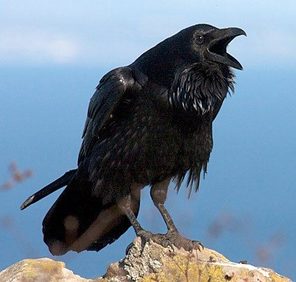 Raven, Photo: www.allaboutbirds.org Raven, Photo: www.allaboutbirds.org The common raven (Corvus corax) is part of the family Corvidae in the Passeriformes order that includes 120 species such as crows, magpies, jackdraws and jays. Ravens are large, black birds standing between 55-68cm (22-27in). They differ from crows in that they have a wedge-shaped tail, a heavier, longer bill, and thick, shaggy throat feathers. The call of a raven is also a much deeper, croaking sound. In short, ravens look and sound sort of like “crows on steroids”. Unlike crows, which fly by mostly continuous flapping, ravens fly more hawk-like, with little flapping and more soaring along thermals. Ravens can be found throughout much of North America, ranging from Alaska, Canada, the Midwest to western region of the lower forty-eight states, and in Mexico. Subspecies are also found in Europe, Asia, and Africa. Mountain forests, boreal forests, and coastal cliffs are the primary habitat for these birds. 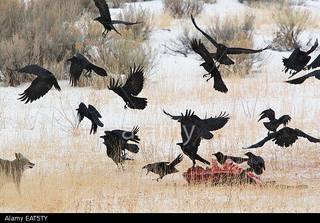 Image: www.alamy.com Image: www.alamy.com For those who may try to insult someone with the phrase “bird brained”, you may want to reconsider. Cognition refers to an animal’s ability to process information from its environment (ie: perception, memory, learning, decision making, and problem solving). High intelligence and problem solving skills are among the best traits of ravens. For example, most mammals encounter the concept of counting as a great challenge. Monkeys may take a prolonged training regime of up to 21,000 trials to learn to distinguish between different tones. Birds in general, master this much more easily. In controlled experiments, ravens can learn to count up to seven and ID a food box by counting objects in front of it with only a few trials. Although they are often solitary, ravens exhibit complex social systems with each other that help them to hunt cooperatively and communicate. Sub-adults frequently “recruit” other sub-adults to team up against adults in order to gain access to a carcass to scavenge from. Up to 100 allied birds may be recruited! Ravens will learn from others where to look for food and remember it for later. This type of behavior has been valuable knowledge for Inuit communities in finding caribou. Ravens follow wolves for a chance to scavenge off of a kill. Another interesting thing about ravens is their ability to play and create various social games similar to “Follow the Leader” by following others around or “King of the Mountain”, by trying to dominate a perch. They will also take turns manipulating and balancing sticks.  Odin and his two ravens, Huginn and Muninn. Image: galleryhip.com Odin and his two ravens, Huginn and Muninn. Image: galleryhip.com Ravens are common throughout the folklore of many different cultures. For Native Americans, they are often a symbol for a trickster in stories, or could even be an honored hero who displays faults. Along the Pacific northwestern coast, Raven was the creator of the world. In Celtic legends, ravens are seen as a foreboding omen of death due to their association with scavenging. They are believed to be powerful messengers between the realms of the living and the dead. The Norse god, Odin, was referred to as the “Raven God” from his connection to his two ravens Huginn and Muninn who flew around the world gathering information. Norse stories depict ravens as female figures called Valkyries who fly through battle, choosing who lives or dies. Whether in Westeros or Earth, ravens have played a noteworthy role in mythology. Their intelligence and resilient nature have aided in their survival during difficult environmental conditions, ranking them as a most impressive bird indeed. References
www.allaboutbirds.org/guide/common_raven/id Awoiaf.westeros.org/index.php/Raven Gill, F.B. (2007). Ornithology, 3rd ed. W.H. Freeman and Company, NY,NY. pp: 207-208, 322-323, 331, 500-501. www.transceltic.com/pan-celtic/ravens-celtic-and-norse-mythology National Geographic Field Guide to the Birds of North America, 4th ed. National Geographic Society. pp: 318 www.native-languages.org/legends-raven.htm Peterson, R.T. (2002). Peterson Field Guides: Birds of Eastern and Central North America, 5th ed. Houghton Mifflin Company, NY, NY. pp: 252
0 Comments
Leave a Reply. |
Blog Archive
|
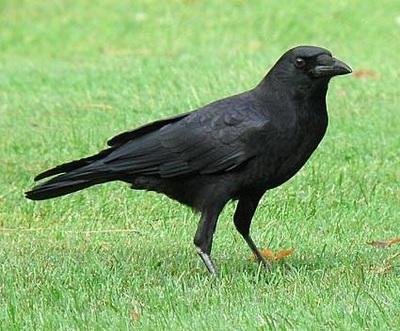
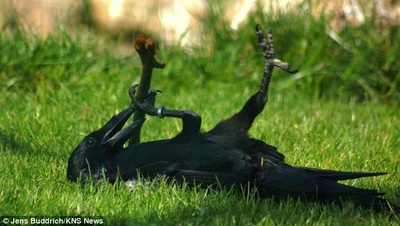
 RSS Feed
RSS Feed
